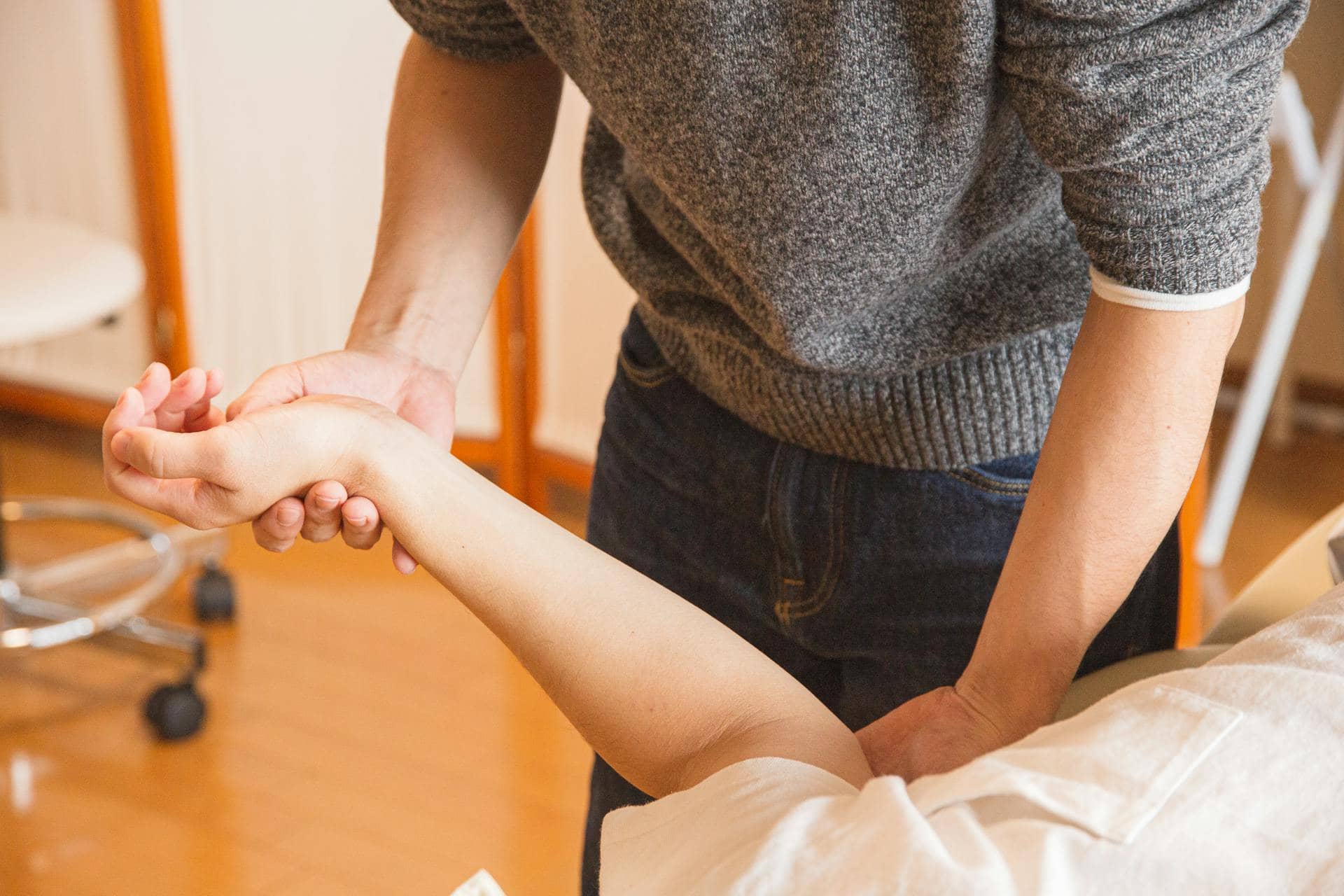
You don’t have to play golf to get golfer’s elbow! This common condition affects anyone who repeatedly uses their hands, wrists, or forearms — from lifting weights and typing to gardening or manual work.
Golfer’s elbow, or medial epicondylitis, happens when the tendons on the inside of your elbow become irritated or inflamed. These tendons attach your forearm muscles to the bone, and overuse or repetitive gripping motions can cause small tears that lead to pain and stiffness.
The main symptom is a dull ache or tenderness on the inner side of the elbow, which may spread into the forearm or wrist. You might feel pain when gripping objects, shaking hands, or flexing your wrist.
Golfer’s elbow affects the muscles that flex your wrist and fingers — the opposite side to tennis elbow. The main ones include:
When these muscles are overused, they pull on the bony bump on the inner side of your elbow (the medial epicondyle), causing pain and irritation.
Both can help at different stages of recovery:
Alternate between ice and heat depending on your symptoms and comfort level.
If your elbow aches at night:
A neutral, supported position helps the tendons rest and recover.
Stretching can help relieve tightness and restore mobility. Try these simple exercises:
Wrist Flexor Stretch – Extend your arm straight, palm facing up. Use your other hand to gently pull your fingers down and back until you feel a stretch along the inner forearm. Hold 20–30 seconds.
Forearm Pronator Stretch – With your elbow bent at 90 degrees, use your other hand to gently rotate your forearm outward (palm up). Hold 15–20 seconds.
Massage – Use light circular movements or long strokes along your inner forearm muscles to release tension and encourage healing.
Massage therapy is a highly effective treatment for golfer’s elbow. It helps by:
1. Reducing muscle tightness and trigger points
2. Improving circulation to repair damaged tissue
3. Promoting flexibility and reducing pain
Your massage therapist can also recommend strengthening exercises and self-care strategies to prevent future flare-ups — especially if your job or sport involves repetitive wrist movements.
Golfer’s elbow is common but manageable with the right care. Most people recover fully with rest, gentle stretching, and professional treatment.
If you’re struggling with persistent elbow pain, a massage for golfer’s elbow can help speed recovery, reduce discomfort, and restore mobility.
Take it easy, listen to your body, and give those hardworking forearm muscles the care they deserve.